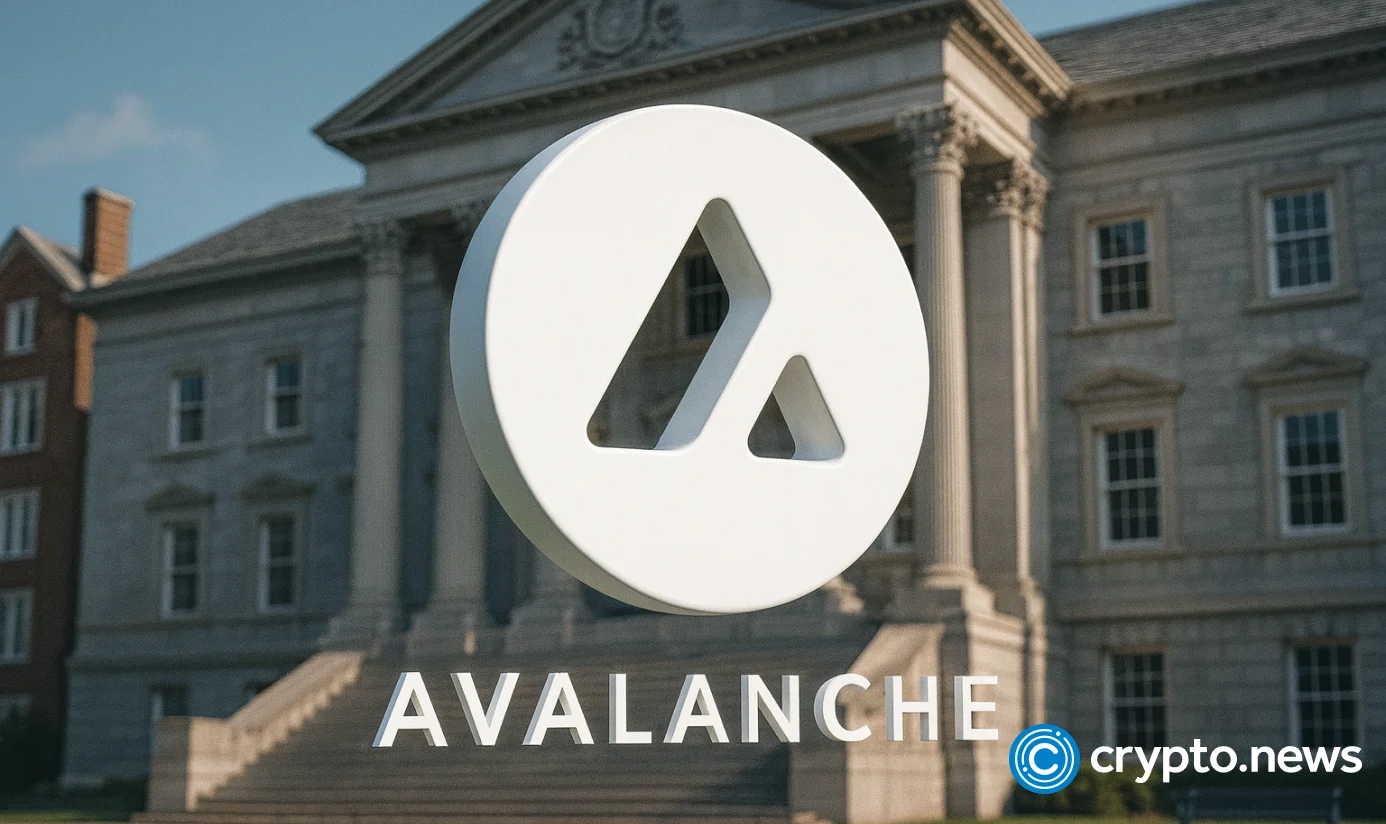Periodic service disruptions and capacity strain on centralized cloud infrastructure have created an opening for companies building distributed networks.
Supporters of the distributed approach argue that spreading workloads across several smaller nodes reduces concentration risk. They say the model could be especially valuable in sectors with high computing demand and low tolerance for downtime, such as AI, gaming and finance.
“Over time, as decentralized infrastructure matches or exceeds the performance of centralized clouds, reliance on single providers will naturally decline,” Carlos Lei, CEO and co-founder of DePIN-based connectivity marketplace Uplink, told Cointelegraph.
In today’s tech landscape, decentralized infrastructure often refers to blockchain, which is designed to distribute trust and reduce single points of failure by spreading verification and data storage.
However, the infrastructure that enables access to these networks still largely relies on centralized cloud platforms.
Dependence on the Big Three and centralized cloud risks
In 2024, Amazon Web Services (AWS), Microsoft Azure and Google Cloud — also known as the “Big Three” — accounted for around 68% of the global cloud infrastructure revenue, according to Synergy Research Group, making them the default hosting environment for many enterprise and blockchain applications.
But the concentration means that outages, pricing changes or regional capacity limits at any one of these providers can ripple across multiple industries.
“For example, with the AWS outage in October, Snapchat, Roblox, Fortnite, Kindle — all of them went down completely,” Nökkvi Dan Ellidason, CEO of tech infrastructure company Gaimin, told Cointelegraph. “Coinbase, which is a financial service, was affected massively.”
Related: Privacy tools are rising behind institutional adoption, says ZKsync dev
These major platforms lower upfront costs through programs that provide a cushion for startups. For most companies, moving away from the centralized cloud means taking back all the setup and maintenance work that big providers have handled for years and paying more to do it.
Despite the trade-offs, some companies are already testing alternatives through “modular shifts.” Filecoin and Arweave are being used to store data and metadata outside traditional clouds, while Akash and Render Network offer decentralized options for computing and GPU rendering.
“With outages to AWS in October and Azure in November, we’re going to see big companies partly move services to more resilient networks,” Ellidason said. “They might still stay in AWS but move storage first and then maybe AI after.”
Blockchain’s reliance on centralized clouds undermines decentralization
Blockchain networks are designed to distribute trust and eliminate single points of failure, but much of their infrastructure still runs on the same centralized cloud platforms. Across major proof-of-stake networks, a big share of validators runs on commercial cloud infrastructure rather than independent hardware.
A study presented at the Usenix Security Symposium in August identified Amazon Web Services as the single largest hosting provider among the Ethereum validators it was able to map, accounting for roughly one in five. Separately, a 2023 analysis by Messari found that most validators and stake hosting use centralized servers.
“Many operators choose centralized cloud platforms like AWS or Google Cloud because they deliver predictable performance, easy setup and reliable uptime,” Lei said.
“These platforms have become the backbone for many Web3 networks because they simplify the complexities of scaling and maintaining infrastructure.”Related: How TradFi banks are advancing new stablecoin models
That reliance is usually invisible to users, but it becomes obvious when AWS goes down. During the AWS outage on Oct. 20, Coinbase users reported problems logging in, placing trades and withdrawing funds. Robinhood traders saw execution delays and API errors.
Hybrid cloud models taking shape with blockchain
The growing strain on centralized cloud systems has pushed a new wave of infrastructure projects to explore distributed alternatives. These networks aim to draw capacity from consumer hardware, regional data centers and idle computing power.
One example is Gaimin, which sources GPU power from gaming PCs and supplements it with smaller regional data centers. Ellidason said this approach helps create a geographically dispersed network where no single region becomes the point of failure.
Uplink takes a similar idea and applies it to bandwidth. Its marketplace allows individuals and local operators to sell excess connectivity to applications that need more coverage, reducing reliance on major telecom carriers.
Some researchers and node operators see the future as hybrid rather than fully decentralized — a mix of hyperscalers, edge networks and bare-metal servers, with traffic automatically rerouted when one region goes down.
“Cloud doesn’t go away; its elasticity is critical,” said Yair Cleper, co-founder of Magma Devs and a contributor to Lava Network. “Teams can start simple and add diversity as the business demands, without needing a rebuild.”
As demand for computing power keeps outpacing cloud capacity, the shift isn’t about abandoning AWS or its peers; it’s about making the system more fault-tolerant and creating space for smaller regional infrastructure providers to fill the gaps where big data centers fall short.
Magazine: If the crypto bull run is ending… it’s time to buy a Ferrari: Crypto Kid
.png)
 2 hours ago
2
2 hours ago
2




